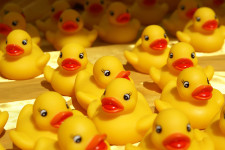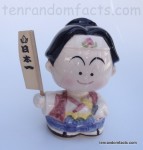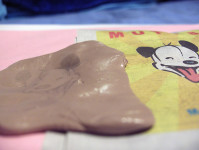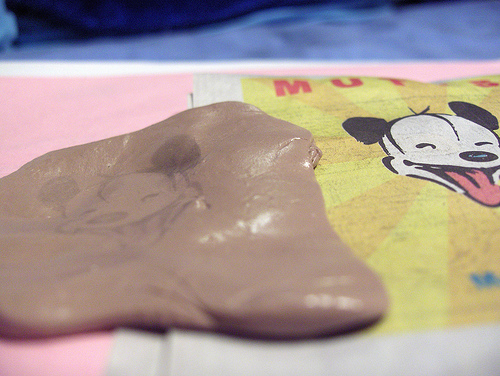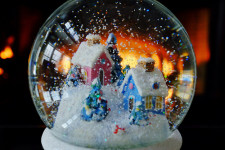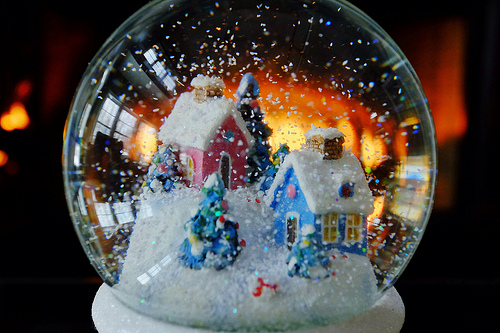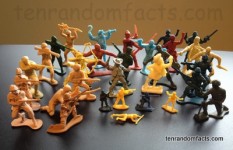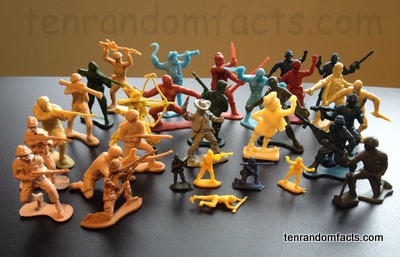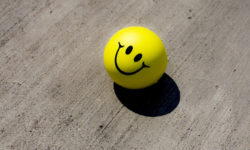
How much stress can a stress ball take?
- Stress balls are objects that fit in the palm of one’s hand, and are used primarily to relieve stress by manipulating or throwing the item.
- ‘Stress balls’ are also known as ‘stress relievers’, and they are commonly found in both offices and homes.
- Although typically of a spherical shape with a diameter of approximately 5.7 centimetres (2.25 inches), stress balls can come in all shapes, colours, designs and sizes.
- Stress balls can range from soft and squishy to hard, and depending on their firmness, they can provide noise, texture, absorb force, be smooth, or have a weightiness, that helps to relieve stress.
- Many stress balls contain gel or other substances, which affect the density and flexibility of the object, and they may also include noisemakers including chimes.
A Stress Ball
Image courtesy of J E Therlot/Flickr
- Stress balls originated in Anicent China around 1368 AD as hard Baoding Balls, that are still used today, and these traditional balls are intended to be rotated in one’s palm, and are said to stimulate a person’s acupressure points on the hand.
- Stress balls are among the most common promotional objects, often featuring company logos as a marketing strategy, and they are frequently given as gifts.
- American Alex Carswell invented the first of the modern style stress balls, in 1988, and his invention contained a microchip that when thrown at something, activated a glass shattering sound, as Carswell wanted to convey the sense of something breaking.
- In addition to relieving stress and muscle tension, stress balls are commonly recommend by doctors and physiotherapists for hand rehabilitation, while other benefits may include hand coordination.
- Modern stress balls are typically made of foam, rubber, plastic, and synthetic textiles, or a combination of these materials, while the traditional style Chinese balls are often formed from stone or metal.




